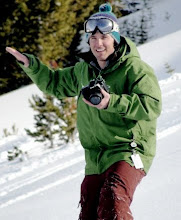And now a bit more on "Boundaries" chapter 3.
Not only is the "boundary" an important part of the mythic formula for oral cultures, sometimes it is the only part of the myth. What I mean is, the "boundary" explains the difference from that which is comprehendible to an oral culture and that which is unknown. The "boundary" is where an entity contacts the outer world. Kane writes "If one thinks of the human body as a bounded entity, one has an idea of what boundary permits and does not permit. Exchange with the world is made at the mouth, nose, ears, eyes, anus, sexual organs, and the skin itself. (103)" A boundary "segregates the world of the mysterious others from the world human beings have some control over (102)." But its at these "boundaries" where the cross of information takes place. To an oral culture, it is unknown if a plant is safe to eat until someone tries it. This trial and error taught people how to survive in the world through very primitive methods of data collection. This interaction across the physical boundary of the mouth between the outside world and the body spawned myths about safe berries and roots to eat in the environment.
Another important aspect of "boundary" is framing. By having boundaries in myth, it became clear to oral culture to separate different types of knowledge. The forest edge framed the knowledge of the forest. As did the sea-surface or the entrance to a cave. Often times these boundaries would have a gate keeper to serve as a reminder to switch frames of knowledge when passing from zone to zone.
As we noted in our presentation, the oral tradition of boundary still holds an incredible influence on literature today. Its important to note, that in the oral tradition more so than today, the emphasis was as much on the boundary as on the knowledge acquired from the other-side.

Good explanation. Very well put.
ReplyDelete- Kayla